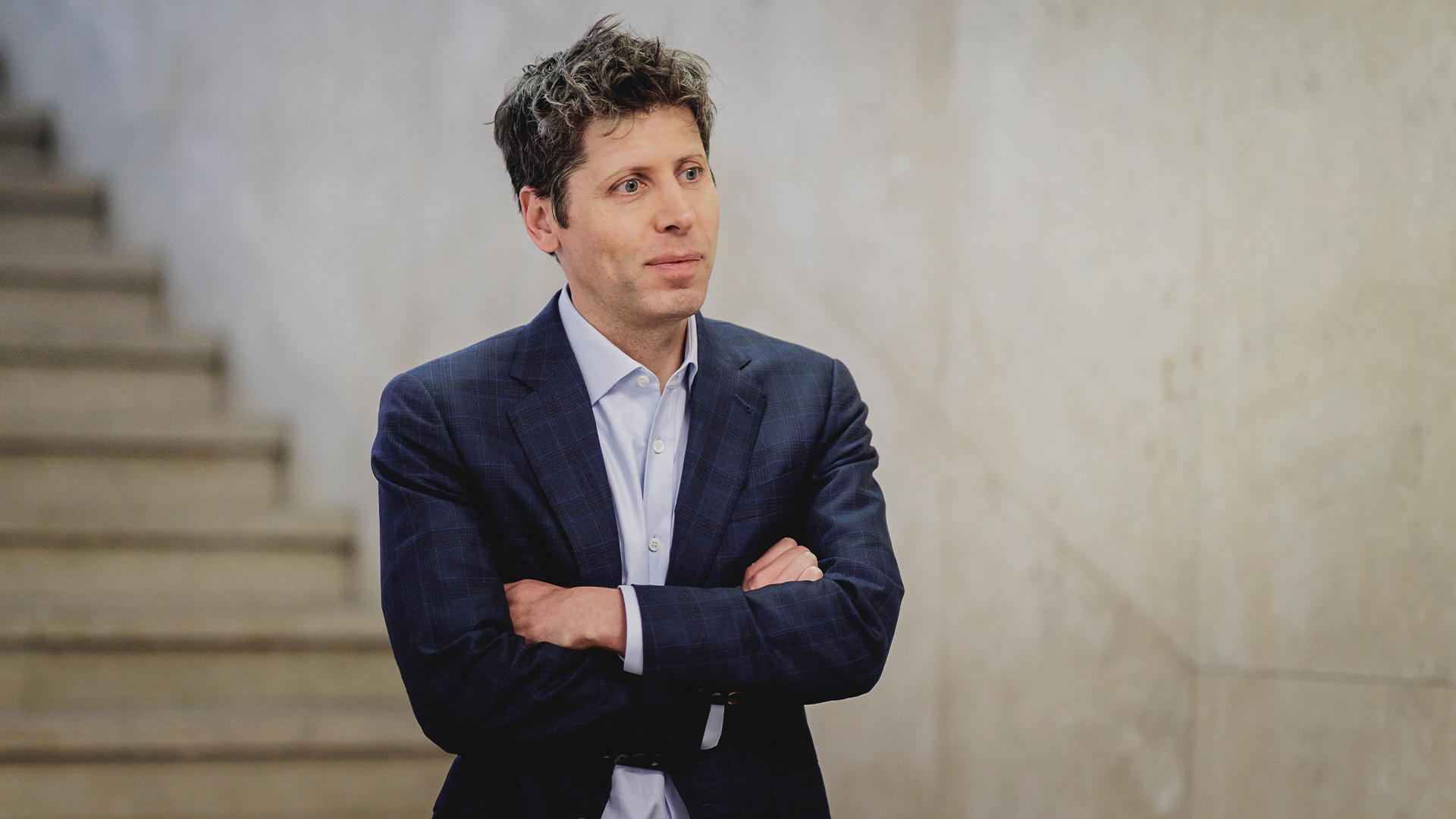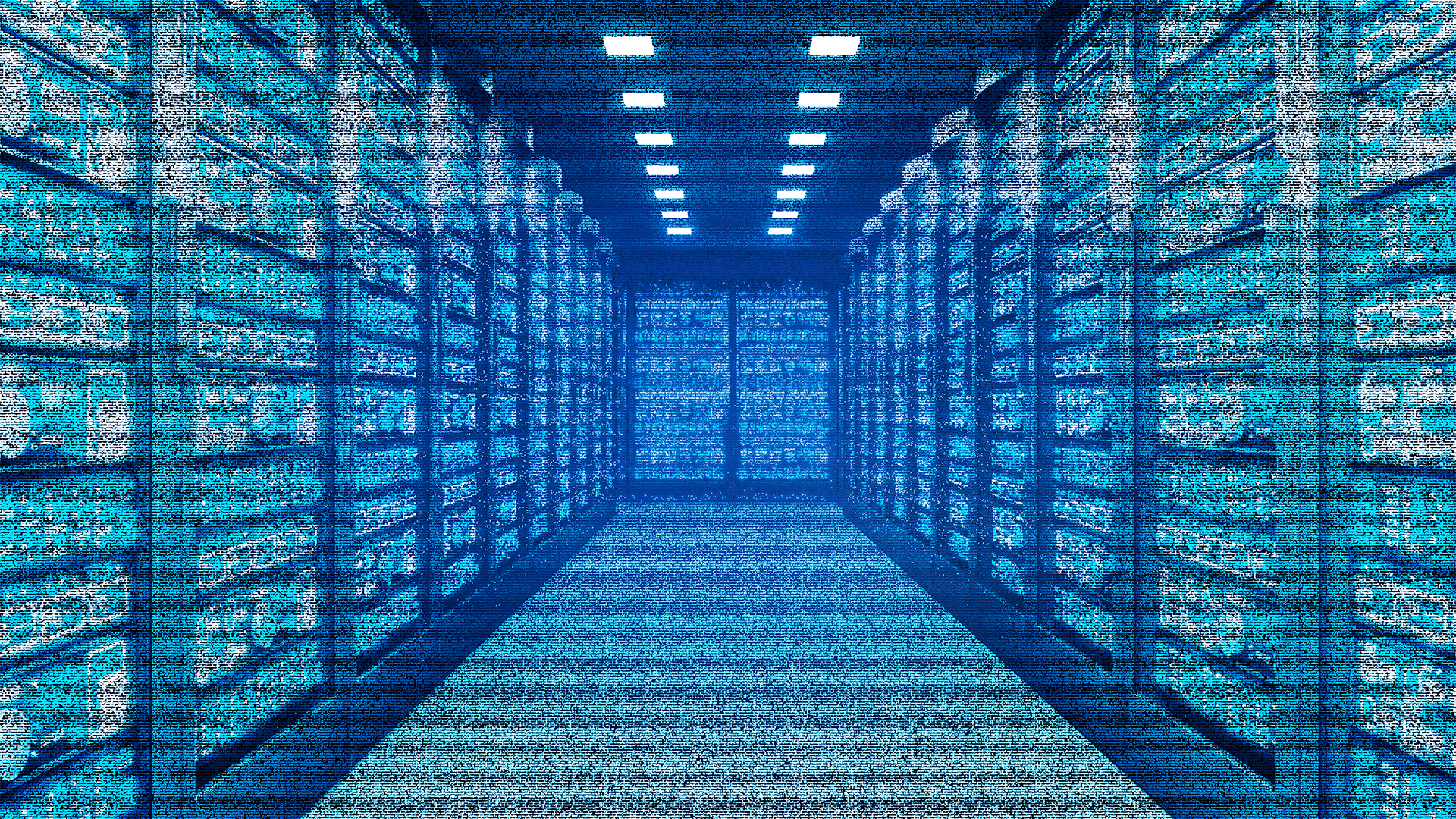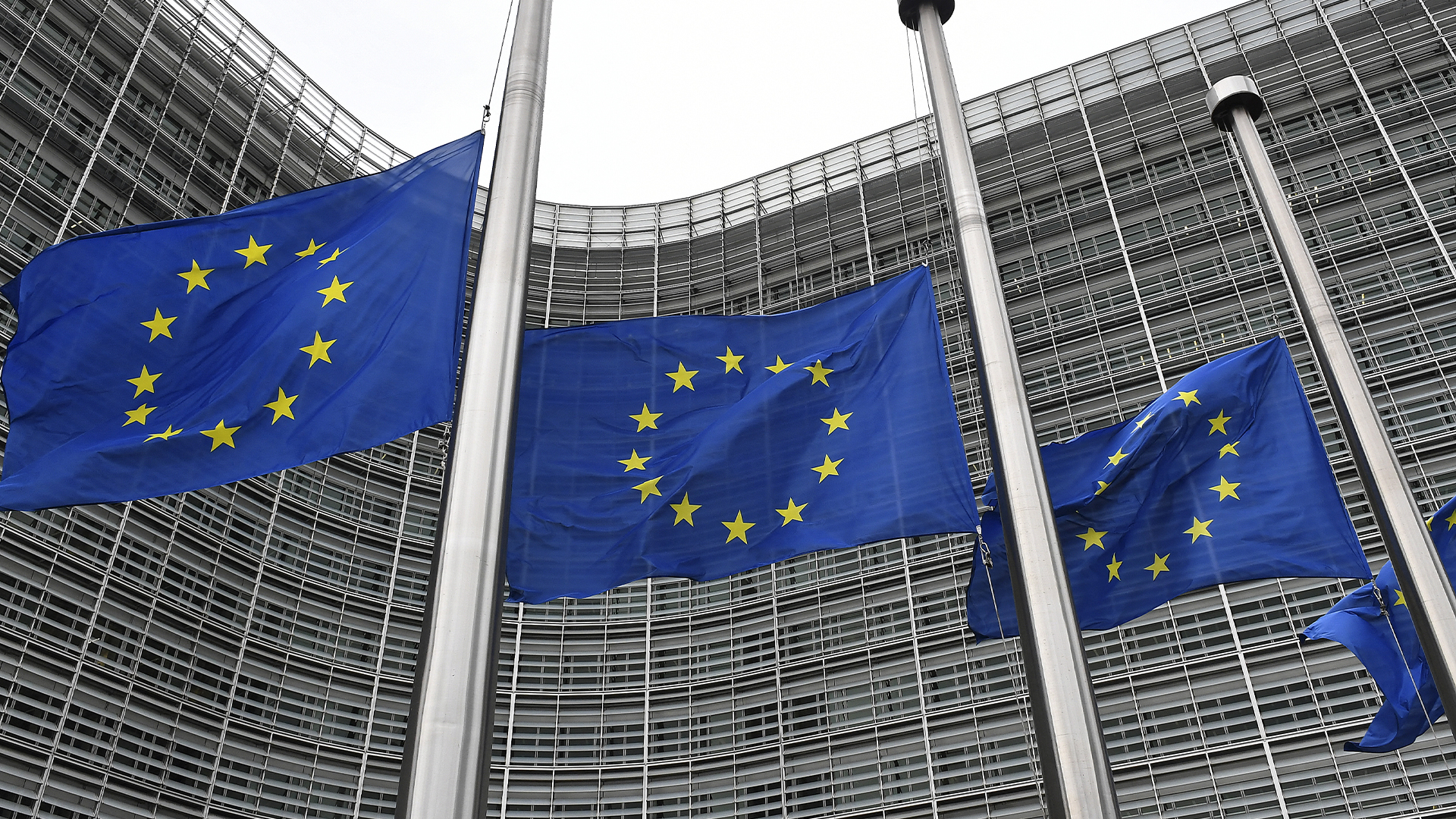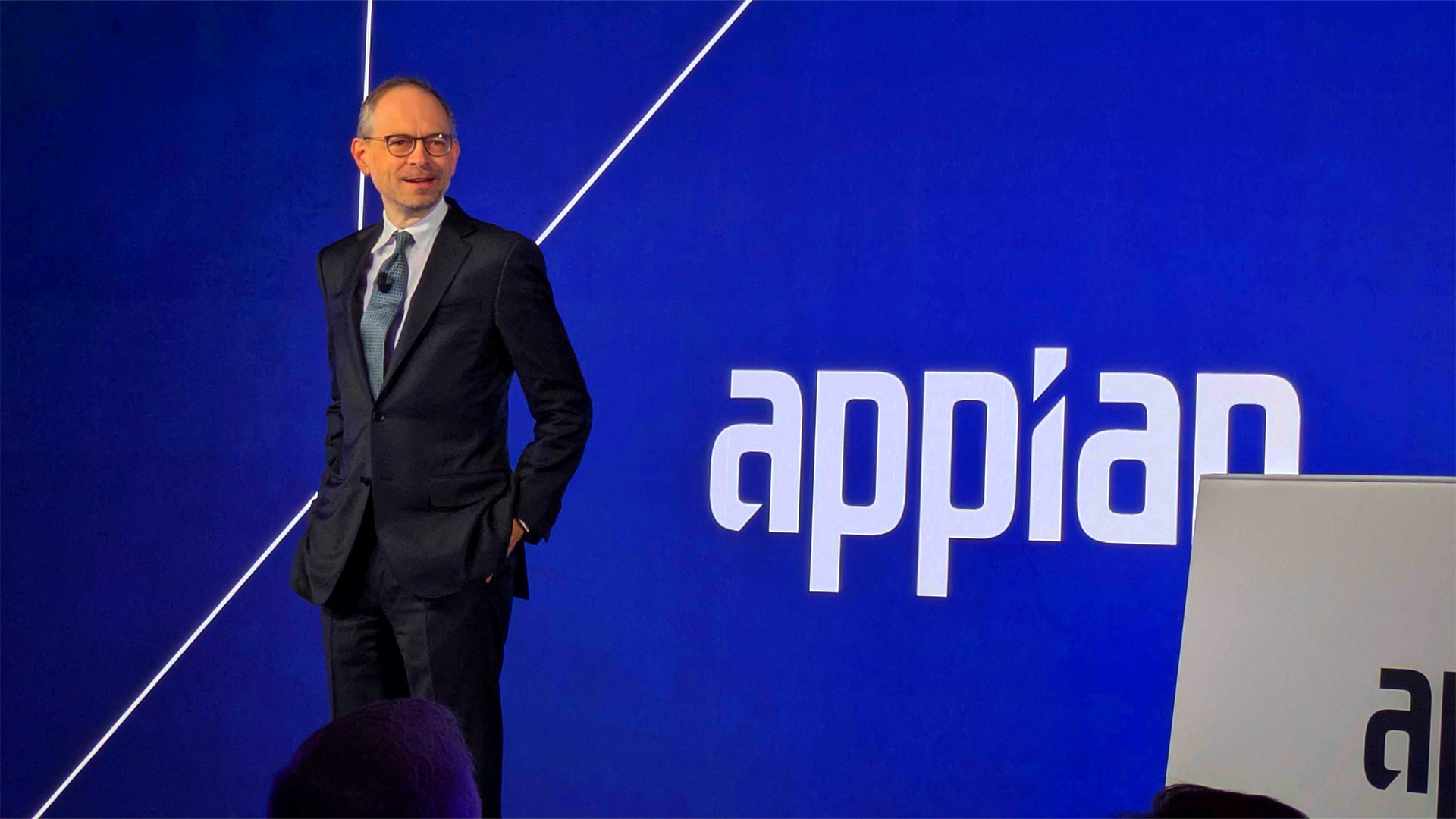OpenAI has a bold plan to pay for its $1 trillion spending spree: Ads, personal assistants, and cheaper subscriptions
Reports suggest OpenAI is exploring all options to fund its huge infrastructure investment


OpenAI has lined up more than $1 trillion in spending – and now it's trying to figure out how to pay for it all.
Over the last few weeks, the AI leader has signed a $300 billion contract with Oracle as well as multi-billion dollar deals with Nvidia, AMD, and Broadcom.
Reports of this huge spending spree have echoed across the AI industry, fueling concerns that the bubble is about to burst. If bullish AI companies can't pay their bills, infrastructure providers could find themselves out of pocket.
And no wonder there are concerns. Though these deals are staggered over several years, OpenAI last year posted revenue of about $10 billion.
While that's expected to double this year, that's still a far cry from being able to cover such bills – and don't forget that this time last year OpenAI was scrounging up $6 billion from investors to stay in business.
How is OpenAI paying for this?
OpenAI has plans to pay for it all, according to reports from the Financial Times, which note that about 70% of OpenAI's $13 billion in annual recurring revenue comes from consumer versions of ChatGPT.
Indeed, in January CEO Sam Altman said the tech giant was "currently losing money on OpenAI Pro subscriptions" because people used them so heavily.
Sign up today and you will receive a free copy of our Future Focus 2025 report - the leading guidance on AI, cybersecurity and other IT challenges as per 700+ senior executives
Given that, the first goal is to double the number of paying subscribers from just 5% of the total 800m or so globally, perhaps by offering cheaper access in more places beyond India.
Another revenue boost is the addition of a checkout in ChatGPT, letting OpenAI take a slice of purchases. Advertisement revenue is another consideration, though CEO Sam Altman has said OpenAI would only do ads "with great caution".
Beyond leveraging ChatGPT's popularity with consumers, the FT reported that OpenAI plans to make use of its expertise to help develop AI infrastructure improvements, something that could prove popular with the companies it's signed all those deals with.
The tech company is also working with ex-Apple designer Jony Ive on an AI-powered personal assistant device.
Beyond those ideas, OpenAI is hoping it can continue to raise funds from investors – and believes expensive compute costs will fall thanks to competition in the sector.
Circular deals
Another solution is to be found in the deals themselves. The partnerships with Nvidia and AMD have been both described as “circular”. For example, Nvidia is investing $100 billion in the company to let it buy Nvidia’s highly sought-after chips.
Meanwhile, AMD has offered up 160 million shares for a penny apiece to help fund its shopping spree.
The FT cited an unnamed source who had advised the company, who suggested the current deal setup with a host of industry stakeholders makes perfect sense given the bold ambitions the company has.
"I don’t view them as drunken sailors going to bars and laying down IOUs everywhere,” they told the publication.
“It might look and feel that way, but this is actually a strategy backed up by technology, products, business plans and visibility into what is happening."
A complete account of OpenAI deals
All told, the FT estimates OpenAI has signed on for more than 26 gigawatts of computing capacity at a cost of more than $1 trillion. However, that covers the next several years of deployments and many of the plans are tiered, so they can be clawed back or ditched if not needed.
Last week, OpenAI and Broadcom announced they were working on 10 gigawatts of compute together; though financial details weren't disclosed, CNBC estimated that each 1 gigawatt costs a whopping $50 billion at the moment.
Elsewhere, OpenAI confirmed a $300 billion deal with Oracle over the next five years as part of the $500 billion infrastructure project known as Stargate.
Alongside that, Nvidia and OpenAI announced a partnership that could see the chipmaker invest as much as $100 billion into the AI company, which will buy hardware from Nvidia to build up to 10 gigawatts of compute.
Shortly after, OpenAI and AMD announced a deal worth as much as $100 billion over several years, that could see OpenAI take a 10% stake in AMD as it deploys 6 gigawatts of the chipmaker's GPUs.
Earlier this year, OpenAI signed a five-year, $12 billion deal with CoreWeave for infrastructure as it started to step away from Microsoft. OpenAI even tried to buy AI coding startup Windsurf for $3 billion, but lost out to Cognition instead.
Make sure to follow ITPro on Google News to keep tabs on all our latest news, analysis, and reviews.
MORE FROM ITPRO
- OpenAI just revealed what people really use ChatGPT for
- Everything you need to know about OpenAI's new open weight AI models
- OpenAI wants to simplify how developers build AI agents
Freelance journalist Nicole Kobie first started writing for ITPro in 2007, with bylines in New Scientist, Wired, PC Pro and many more.
Nicole the author of a book about the history of technology, The Long History of the Future.
-
 US data center power demand forecast to hit 106GW by 2035, report warns
US data center power demand forecast to hit 106GW by 2035, report warnsNews BloombergNEF research reveals a sharp 36% jump in energy forecasts as "hyperscale" projects reshape the American grid
-
 Police Digital Service partners with BCS to overhaul law enforcement IT skills
Police Digital Service partners with BCS to overhaul law enforcement IT skillsNews The strategic alliance aims to professionalize the policing digital workforce, offering accreditation and support for the National Policing Digital Strategy 2025–2030
-
 Government CIOs prepare for big funding boosts as AI takes hold in the public sector
Government CIOs prepare for big funding boosts as AI takes hold in the public sectorNews Public sector IT leaders need to be mindful of falling into the AI hype trap
-
 Chief data officers believe they'll be a 'pivotal' force in in the C-suite within five years
Chief data officers believe they'll be a 'pivotal' force in in the C-suite within five yearsNews Chief data officers might not be the most important execs in the C-suite right now, but they’ll soon rank among the most influential figures, according to research from Deloitte.
-
 Big tech looks set to swerve AI regulations – at least for now
Big tech looks set to swerve AI regulations – at least for nowNews President Trump may be planning an executive order against AI regulation as the European Commission delays some aspects of AI Act
-
 Enterprises are cutting back on entry-level roles for AI – and it's going to create a nightmarish future skills shortage
Enterprises are cutting back on entry-level roles for AI – and it's going to create a nightmarish future skills shortageNews AI is eating into graduate jobs, and that brings problems for the internal talent pipeline
-
 Pax8 and Microsoft are teaming up to supercharge MSP growth
Pax8 and Microsoft are teaming up to supercharge MSP growthNews The new agreement includes integration between Pax8 and Microsoft Marketplace alongside a new OneCloud Guided Growth enablement initiative
-
 Gartner says ‘AI will touch all IT work’ by 2030, and admins face a rocky road to adapt
Gartner says ‘AI will touch all IT work’ by 2030, and admins face a rocky road to adaptAnalysis Training and reskilling will be critical for IT teams as an influx of AI tools transforms operations.
-
 Want to keep your job in the AI era? Start retraining now
Want to keep your job in the AI era? Start retraining nowNews Workers face critical decisions over the best way to upskill and retrain in the age of AI
-
 Appian wants to usher in the age of ‘serious AI’ where processes are automated in unglamorous places
Appian wants to usher in the age of ‘serious AI’ where processes are automated in unglamorous placesNews Founder and CEO Matt Calkin opens Appian Europe with the belief that we can do business automation better
